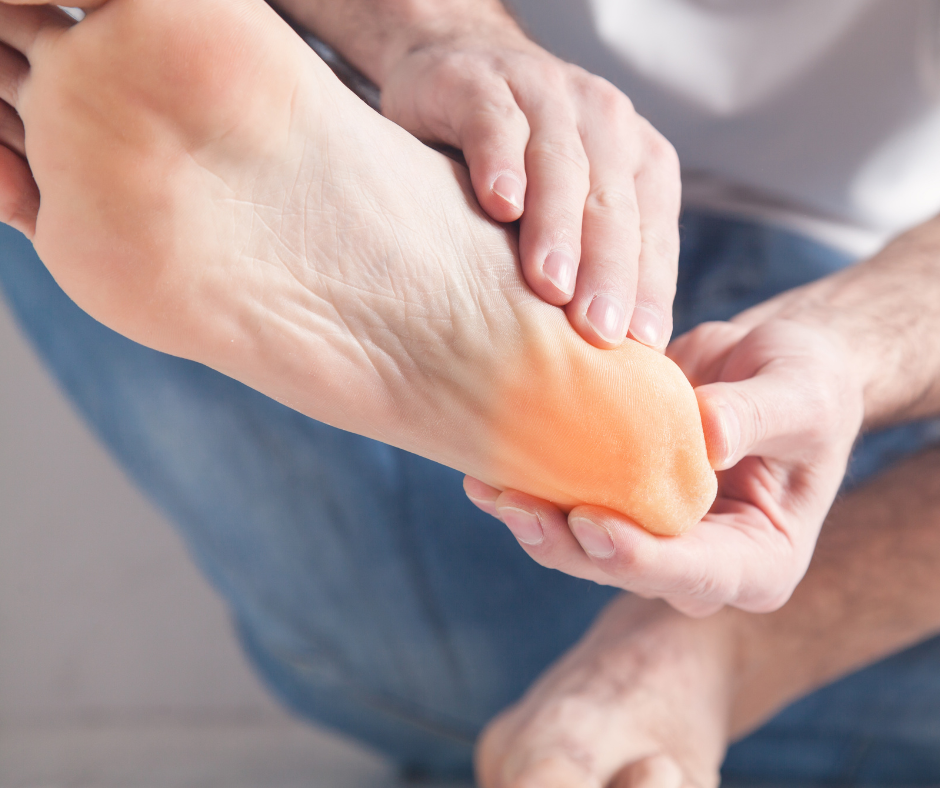
Did you know that the average American takes over 5,000 steps per day? Over time, those steps add up to miles and if you don’t take good care of your feet, it can create plenty of podiatric problems for us, especially as we grow older. For 10% of people, their problem will be heel spurs. If you’re an athlete, particularly an avid runner or jogger, you’re at a higher risk of developing heel spurs. But anyone can have this condition. You may be wondering what heel spurs are, exactly, and how you can recover from them. Let’s take a closer look!
What Is It?
Heel spurs are excess calcium deposits that sit at the bottom of our heel bone. This creates a bony growth around your heel, leading to pain, inflammation, and swelling. As we mentioned, this is more likely to happen in those who lead a very active lifestyle, like runners or people whose jobs require them to stand or walk for long periods. If you’re overweight, wear ill-fitting shoes, or have gait abnormalities, you’re likely to get heel spurs.
How Can You Treat It?
Unfortunately, in most cases, heel spurs aren’t something you can treat at home. It usually requires the help of a podiatrist! We recommend you call your foot doctor the second you suspect you have a heel spur. Once you are diagnosed with a heel spur, we will go over treatment options. Below are some of the most common ways we treat this condition:
- I.C.E. or rest, ice, compression, and elevation
- Over-the-counter anti-inflammatory medications
- Cortisone injections
- Physical therapy
- Custom orthotics
- Stretching your feet, especially before bed
- Surgery
Worried you may have heel spurs? Call our office today and ask about it. Dr. Ryan L. D’Amico, Dr. Donal M. Erickson, Dr. Keith Sherman, Dr. Anne-Louise Smith, Dr. Justin Muser, and the rest of the staff at Syracuse Podiatry in East Syracuse, New York, can help treat and care for your feet. Call us at 315-446-3668 or make an appointment online to get help today.
